|
When we talk about our bodily senses, usually we think of the five senses most of us have been taught - sight, sound, smell, touch, and taste. But scientists agree we have more senses than just the five Two of these lesser known senses deal with movement. Our sense of where our bodies are in space is called proprioception. It is our understanding of where our limbs are in space. It helps us climb stairs without looking at each step and balance our bodies. People with poor proprioception may be clumsy and uncoordinated. The sensation our muscles apply to our skeletal joints, like when we are lifting objects or changing directions, is called our kinesthetic sense. This sense helps us to distinguish between light and heavy or whether the our muscles are stretching or contracting. Children are natural born movers because their movements instinctively activate and strengthen their senses. Today’s class was all about leaning into those instincts, as well as shaking up the way we normally move. One way we exercised a new way of moving was writing with our toes! It’s a lot trickier than it looks! I loved that some adults got in the action too. Mini Makers had the option to sit in a chair and draw on the floor or lie on the floor and draw on the wall. My personal favorite station was the yo-yo painting. Mini Maker’s dipped a nylon stocking filled with marbles in paint, and then bounced it up and down over paper to make prints. I loved the sensorial feedback I got in my arm from the stretchy yo-yo. It felt like a trampoline in my hand. I highly recommend people try this activity again at home. A clear favorite among the kids was feet painting. Just the act of painting feet is a big sensory experience. Some kids were giggling from the tickly paint brush touching their feet. Once kids placed their painted feet on the butcher paper, they naturally experimented with their movement. Sometimes they tip-toed across the paper. Others twirled and jumped like they were performing a ballet. There was a lot of joy at this station. Kids kept returning to it again and again. For those kids who didn’t enjoy feeling paint on their feet, our No-Mess Painting station was perfect for them. I have done this activity in the past with a wide range of audiences. Simply put paper inside a bag, squirt some paint, seal the bag, and then squish the paint around through the plastic. Even though there is no mess, the squish of the paint under the plastic is a pleasing sensory experience. Mini Makers had an option to have their own personal sized No-Mess painting. Or Mini Makers could explore a large-scale version that used butcher paper sealed inside a shower curtain. I was so busy with this class; I was disappointed I didn’t get any pictures of the large-scale version. At another station, we pretended we were making snow angels with crayons. Children laid-down on their bellies and with crayons in their hands, used out-stretched arms to draw arcs. If you want inspiration for repeating this at home (maybe using chalk outside), check out artist Heather Hanson’s kinesthetic drawings. It will get you and your child thinking about other visuals you can create with your body. At the ball painting station, children covered a ball in paint by shaking it in a container. When children were satisfied with the amount of paint that covered the ball, they rolled it down a ramp. Because our balls were spikey, the balls left a fun dotted trail as they rolled. If you kept track of the number of stations we had in this class, we had a total of SIX! In an average class, we have three stations. But in this fast-paced class, I knew children wound be moving through each station quickly and energetically, so I doubled the amount of activities. It was a lively class and ton of fun!
0 Comments
Your comment will be posted after it is approved.
Leave a Reply. |
Archives
January 2024
Categories |
Proudly powered by Weebly

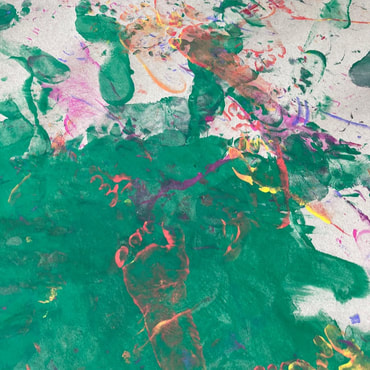
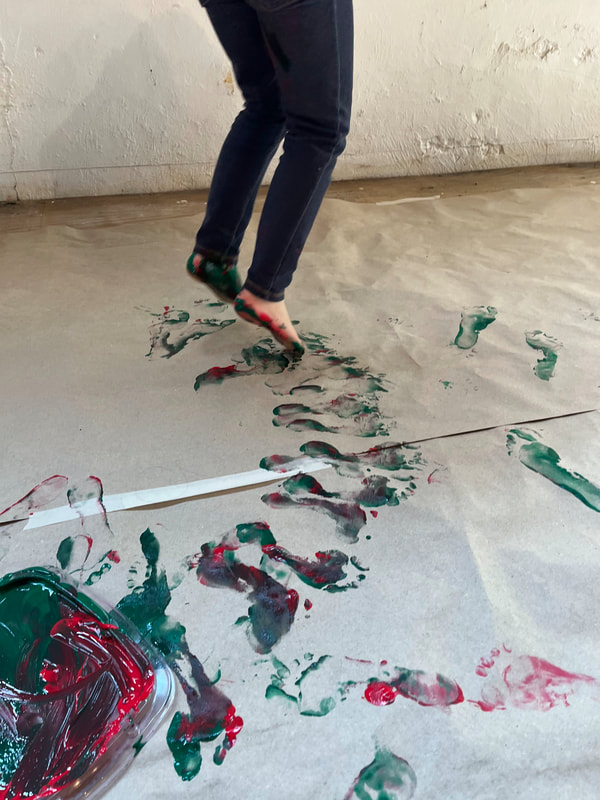
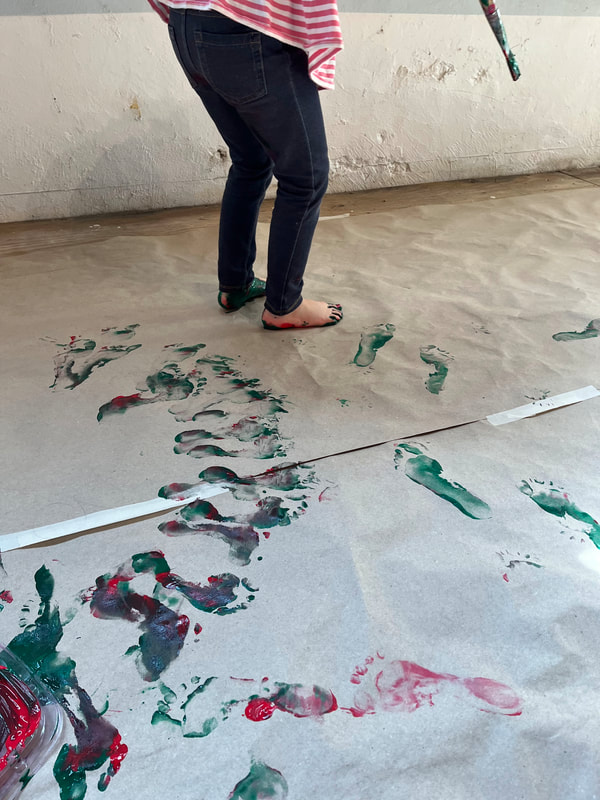
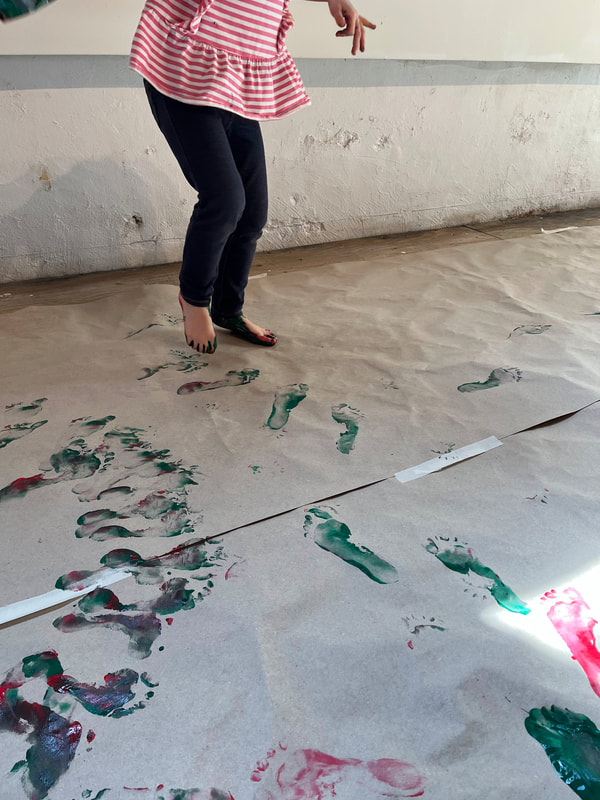
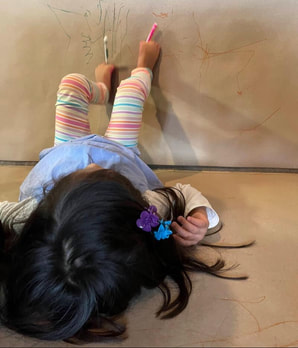
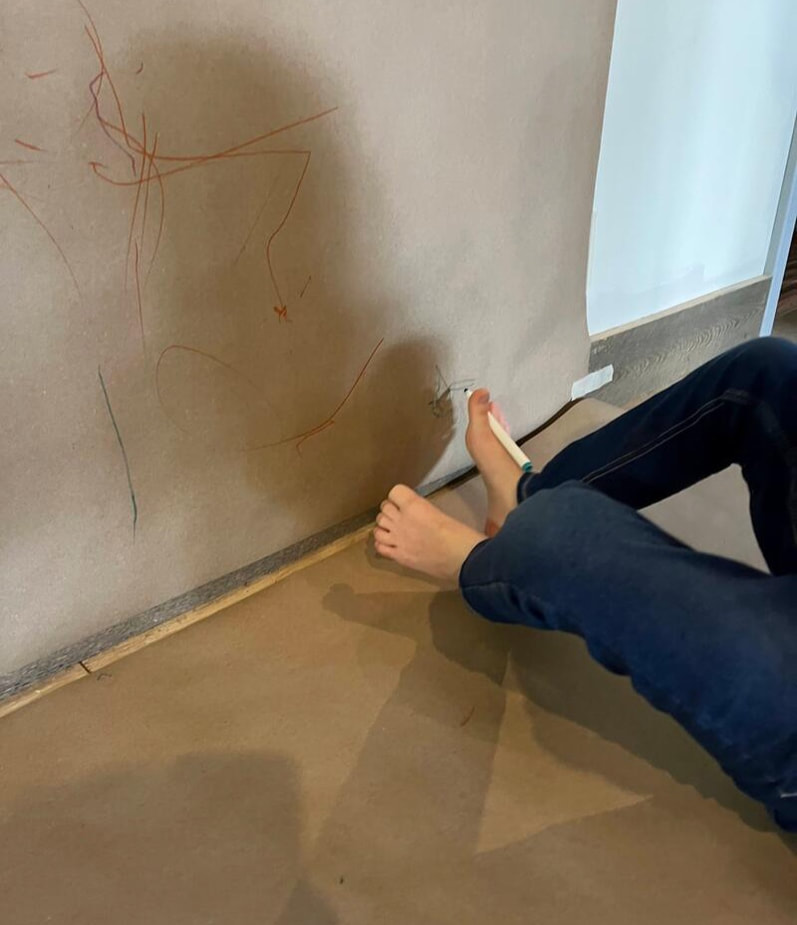


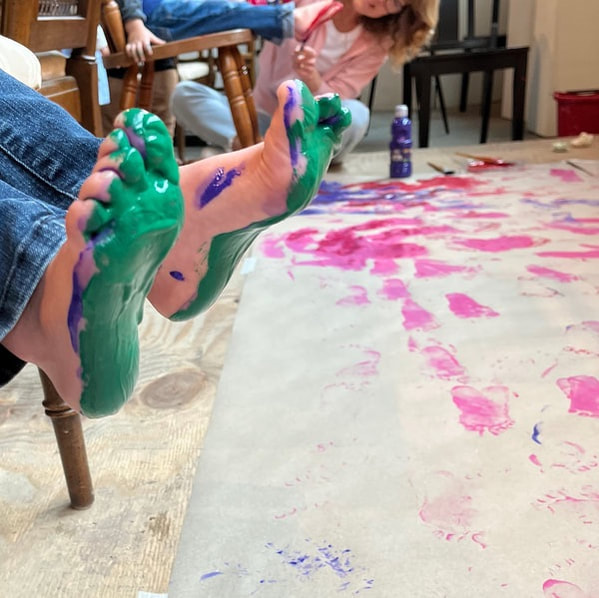


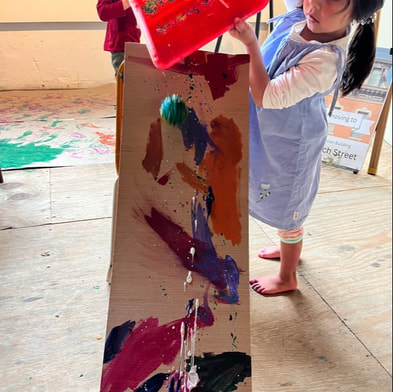
 RSS Feed
RSS Feed